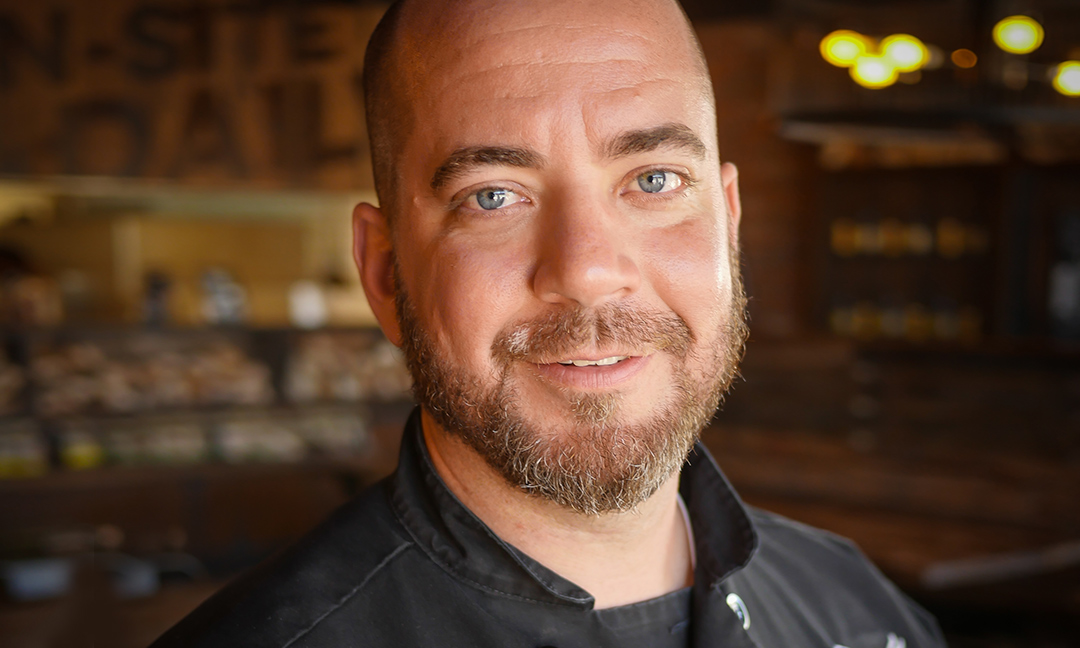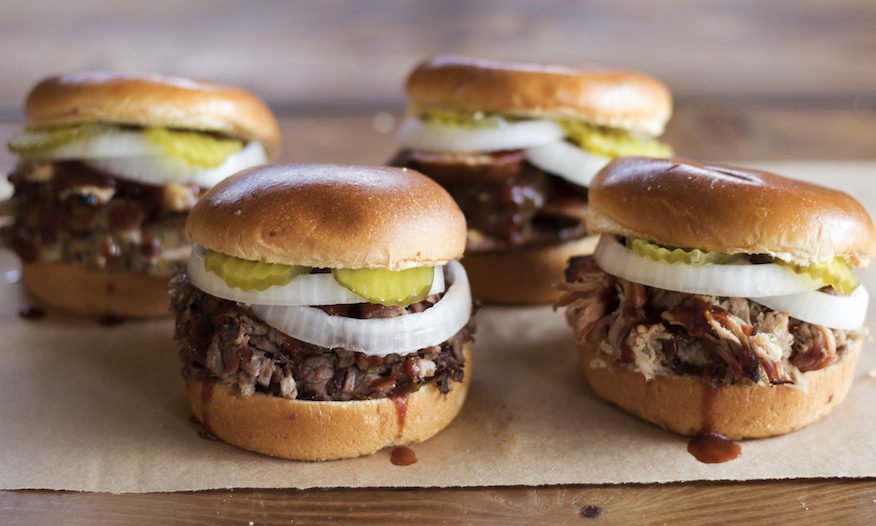GROUPON GUIDE TO RICHMOND
A Dickey's Barbecue Pitmaster on What Makes Great BBQ
BY: Sarah Gorr |Jan 14, 2019
Shop Restaurants Near You

Savor Delicious Meals with eGift Card from Restaurant.com
80% discount_off
Restaurant.com

Trending
Get a code for Panera’s Unlimited Sip Club® + a Panera Bread® Gift Card
52% discount_off
Panera Bread

Enjoy Weekday Brunch Upto Four with Choice of Entrée and Drink
8245 Hull Street Road, Richmond • 8.0 mi
Sale Ends 11/18
1 bought
The Diner at Cross Pointe

Trending
$25, $50, $75, or $100 Gift Cards to TGI Fridays
7023 W Broad St, Richmond • 5.0 mi
$22
TGI Fridays

Up to 55% Off on Murder Mystery Dinner at A Murder Among Us - QR Murder Mysteries
Sale Ends 11/18
20+ bought
A Murder Among Us - QR Murder Mysteries

Trending
$50 or $100 Gift Cards to California Pizza Kitchen
11800 West Broad Street, Richmond • 11.3 mi
16% discount_off
Major Rocket - California Pizza Kitchen

Weekday Brunch For One, Two, Or Four With Choice Of Entrée And Drink
8245 Hull Street Road, Richmond • 8.0 mi
Sale Ends 11/18
1 bought
The Diner at Cross Pointe

Enjoy Authentic Mexican Dishes with Groupon Card for $20, $80, or $120
2229 Plank Road, Fredericksburg
Sale Ends 11/18
10+ bought
El Rey Mexican Bar And Restaurant

Ramen - Self-Cook with Customizable Toppings for a Tasty Experience
13633 Warwick Boulevard, Newport News
Sale Ends 11/18
Crave Wings

Host a Memorable Celebration: Mini or Full Bloom Picnic or Bloom Bash
500 Dunn Road, Montgomery
Sale Ends 11/18
2 bought
Bloom Theory

Explore African & Caribbean Flavors with Dining Credits
32523 Northwestern Highway, Farmington Hills
Sale Ends 2025-11
Kola Restaurant & Ultra Lounge

Mexican Dining with a Voucher for Groups of Four Plus
4817 Ross Avenue, Dallas
Sale Ends 2025-11
Saquic Taco

Savor Every Bite of Korean Bulgogi Burger at Crave Wings
13633 Warwick Boulevard, Newport News
Sale Ends 11/18
Crave Wings

Indian Lunch with Entree, Rice, Naan, Drink and Dessert for 1, 2, or 4
35 Lafayette Avenue, Canandaigua
39% discount_off
Flavors Indian Restaurant






